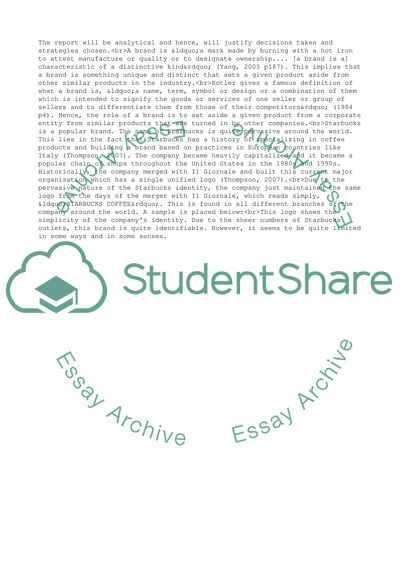Cite this document
(Brand Development Strategy of Starbucks Coffee Company Case Study - 1, n.d.)
Brand Development Strategy of Starbucks Coffee Company Case Study - 1. Retrieved from https://studentshare.org/management/1779877-brand-management
Brand Development Strategy of Starbucks Coffee Company Case Study - 1. Retrieved from https://studentshare.org/management/1779877-brand-management
(Brand Development Strategy of Starbucks Coffee Company Case Study - 1)
Brand Development Strategy of Starbucks Coffee Company Case Study - 1. https://studentshare.org/management/1779877-brand-management.
Brand Development Strategy of Starbucks Coffee Company Case Study - 1. https://studentshare.org/management/1779877-brand-management.
“Brand Development Strategy of Starbucks Coffee Company Case Study - 1”, n.d. https://studentshare.org/management/1779877-brand-management.


